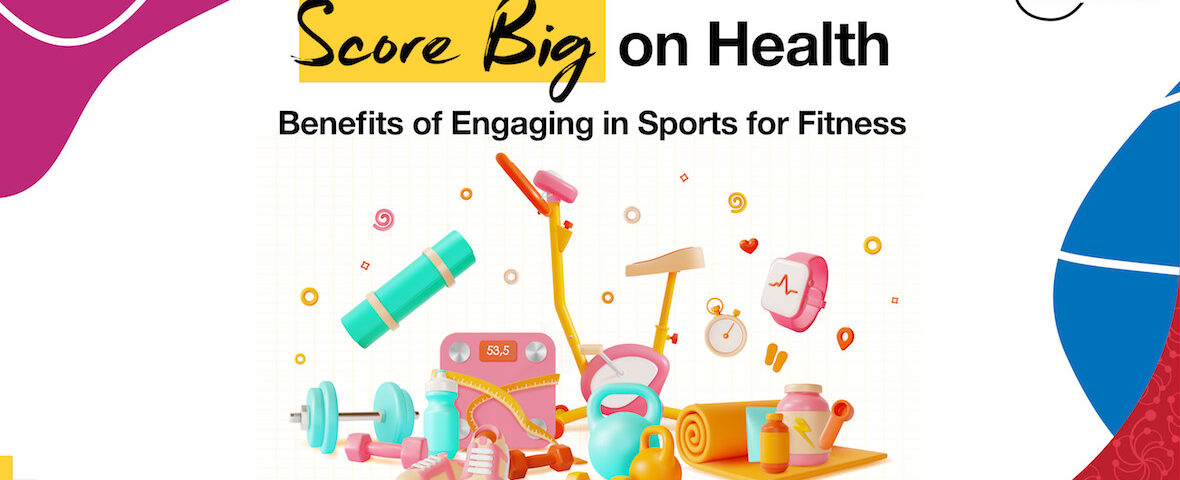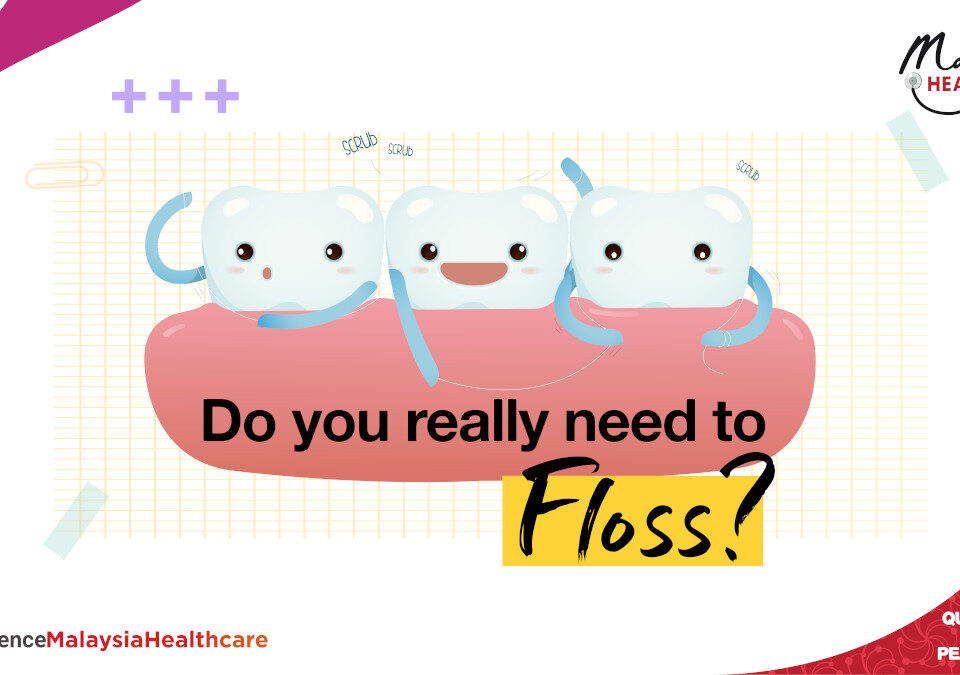Malaysia Healthcare Chronicles
Score Big on Health: The Benefits of Engaging in Sports for Fitness


According to the World Health Organisation (WHO), physical inactivity is one of the 10 leading risk factors for global mortality. Increasing levels of physical inactivity are also a key risk factor for non-communicable diseases (NCDs) such as cardiovascular diseases, cancer, and diabetes. Globally, 1 in 4 adults are not active enough, and more than 80% of the world’s adolescent population is insufficiently physically active[1].
In 2003, the UN Inter-Agency Task Force on Sport for Development and Peace defined sports as “all forms of physical activity that contribute to general fitness, mental well-being and social interaction.” This includes activities such as play, recreation, organised or competitive sport, as well as indigenous sports and games[2].
By its very nature, sports are about participation, inclusion, and embodies human values such as respect for the opponent, acceptance of binding rules, teamwork, and fairness. Given a supportive environment, playing sports brings about mental, emotional, and physical health benefits across all age groups.
According to the Centers for Disease Control and Prevention (CDC)[3], engaging in sports can help:
- Control your weight
- Reduce your risk of cardiovascular disease
- Reduce your risk for type 2 diabetes and metabolic syndrome
- Reduce your risk of some cancers
- Strengthen your bones and muscles
- Improve your mental health and mood
- Improve your ability to do daily activities and prevent falls, if you’re an older adult
- Increase your chances of living longer
If you are just starting out with sports for general fitness, you should start with low levels of physical activity and gradually increase duration, frequency, and intensity over time. As for the optimum amount of physical activity, WHO offers the following recommendations:
Children and adolescents aged 5-17 years should aim for at least 60 minutes of moderate to vigorous-intensity physical activity daily. Engaging in physical activity for durations greater than 60 minutes per day will provide additional health benefits. It’s important that their activities include exercises that strengthen muscles and bones, aiming for at least 3 sessions per week.
Adults aged 18–64 years should aim for at least 150 minutes of moderate-intensity physical activity throughout the week, or at least 75 minutes of vigorous-intensity physical activity throughout the week, or an equivalent combination of moderate- and vigorous-intensity activity. Additionally, adults should engage in muscle-strengthening activities involving major muscle groups on 2 or more days a week.
For adults aged 65 years and above, it’s recommended to engage in at least 150 minutes of moderate-intensity physical activity throughout the week, or at least 75 minutes of vigorous-intensity physical activity throughout the week, or an equivalent combination of both. Those with poor mobility should focus on physical activities that enhance balance and prevent falls, aiming for 3 or more days per week. Additionally, muscle-strengthening activities involving major muscle groups should be performed on 2 or more days per week.
It’s important to note that the intensity of physical activity can vary between individuals. To benefit cardiorespiratory health, all activities should be performed in bouts of at least 10 minutes duration.
An essential part of sports is the warm-up and cool-down period. Warm-ups, such as leg drills and dynamic stretches, help increase blood flow to the surrounding muscles, preventing stiffness, and allowing greater economy of movement for the athlete. Cool-downs such as jogging and static stretches help prevent muscle soreness and the build-up of lactic acid.
So, can I start doing sports now?
If you are aged over 45 or have any medical concerns, it would be best to undergo a pre-exercise screening with your medical professional. which is used to identify people with medical conditions or physical health issues that may put them at a higher risk of experiencing problems during physical activities
Engaging in sports for general fitness training contributes to broader goals of overall health and well-being, rather than focusing solely on competition, building larger muscles, or appearance concerns. As we age, it becomes increasingly important to protect our bones, joints, and muscles. Physical activities like sports can slow the loss of bone density associated with aging and help increase or maintain muscle mass and strength, thereby improving overall quality of life.
[1] http://www.who.int/mediacentre/factsheets/fs385/en/



